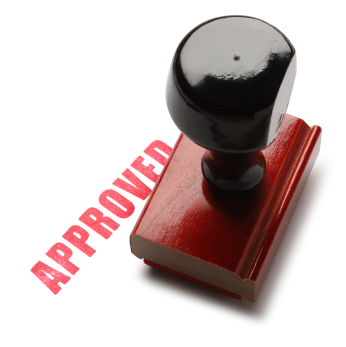A business plan is a roadmap that sets out your route for the development of your business. It doesn’t tell you just about the current state of the business, its strengths and its weaknesses, it will also show up the opportunities and what needs to be done to stay ahead of the competition.
 You might think you know all this now and don’t have to write it down. But what if something happened to you and someone else had to take over the operation? What would they need to know so it was still there and profitable when you returned? This is the kind of information contained in your business plan and its good insurance against the unknown.
You might think you know all this now and don’t have to write it down. But what if something happened to you and someone else had to take over the operation? What would they need to know so it was still there and profitable when you returned? This is the kind of information contained in your business plan and its good insurance against the unknown.
It clarifies your objectives
What are your goals? These will be in your business plan, the original goals you had plus any additional objectives that arise in the course of business. Your business plan spells out the goals and shows the milestones along the way that tell you how close you are to achieving them. Goals are flexible and can be as varied as achieving a certain level of turnover or simply acquiring new customers. It’s important, however, that each is presented in the same way – as a target with milestones or indicators that will let you measure how near you are to achieving it.





